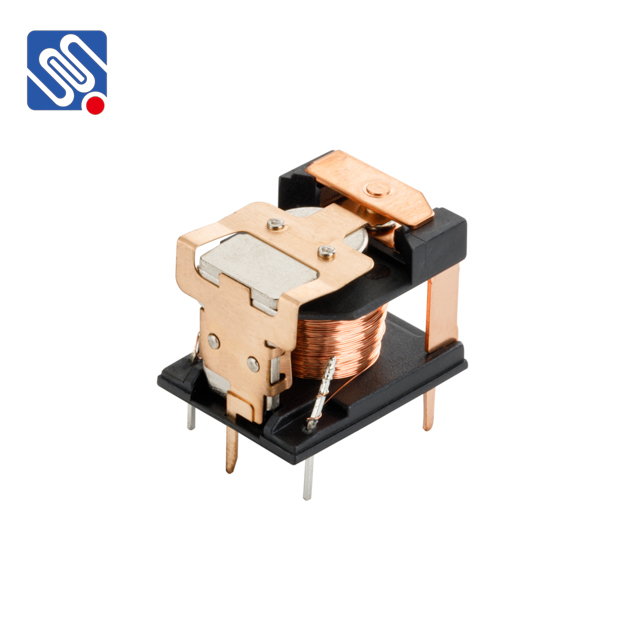Relay comparison is a critical topic across various fields, ranging from electrical engineering to sports. Whether you’re evaluating electrical relays for industrial automation, comparing relay techniques in telecommunications, or analyzing team performance in relay races, the essence of this comparison lies in understanding the key differences and choosing the best fit for specific applications. This article explores different types of relays, compares their strengths and weaknesses, and offers insights into how relay comparison can impact system efficiency, safety, and performance.

Electrical Relay Comparison Relays in electrical engineering serve as automatic switches that control the flow of current in circuits. The comparison of different relay types, such as electromechanical relays (EMRs), solid-state relays (SSRs), and thermal relays, is vital for selecting the right one based on application needs. Electromechanical Relays (EMRs) are among the oldest and most commonly used types of relays. They function by using an electromagnet to open or close contacts in a circuit. The main advantages of EMRs include their low cost, reliability, and versatility. However, they have some limitations, such as slower switching speeds and mechanical wear due to moving parts. These relays are often used in industrial settings for tasks like motor control or overcurrent protection.